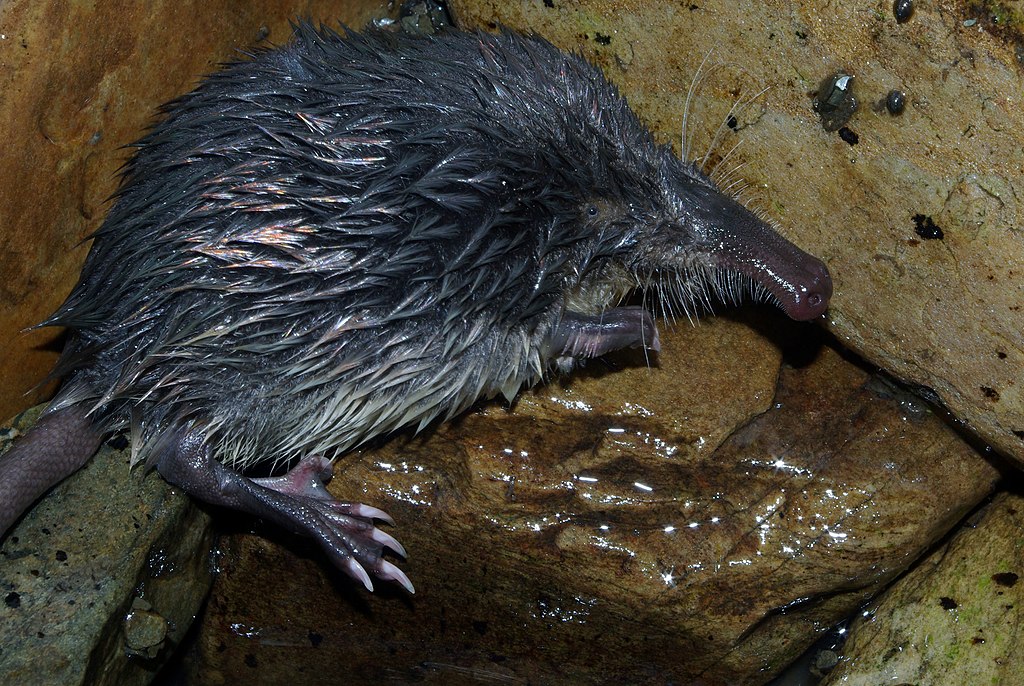-
Partager cette page
Combining spatial dependence occupancy models and conservation gap analyses to promote species conservation: A case study with a threatened semi-aquatic mammal
Publié le 12 mai 2022 – Mis à jour le 24 mai 2022
Artcile co-écrit par F.Blanc (chercheur invité GEODE) sur le Desman des Pyrénées dans Biological Conservation

Assessing protected areas (PA) effectiveness for aquatic species is essential, as they are frequently recognised ineffective for freshwater ecosystems.
By using spatially correlated replicates, the occupancy model with Markovian spatial dependence is well-suited to network-constrained environments. We applied this model to a semi-aquatic mammal, Galemys pyrenaicus, across the river network of the French Pyrenees.
We found that occupancy is mainly influenced by climatic and hydrographic factors. Rainfall, forest cover and flow variability influence the overall high faeces detection.
We then assessed the efficiency of the PA network to protect suitable streams for G. pyrenaicus by combining conservation gap analyses with two types of model outputs (i.e. occupancy probabilities and binary predictions). Using complementary indices and permutation tests, we found that about 25% of stream sections protected by PA are highly suitable for G. pyrenaicus and less than 5.5% of the most suitable sections benefit from a moderate to strong level of protection.
Some highly suitable unprotected areas for G. pyrenaicus were identified where conservation measures should urgently be implemented.
This study presents an innovative and integrative approach that opens future perspectives for development and additional applications to other taxa, difficult-to-survey or network-constrained environments.
Lisez l'intégralité de l'article sur le site www.sciencedirect.com
By using spatially correlated replicates, the occupancy model with Markovian spatial dependence is well-suited to network-constrained environments. We applied this model to a semi-aquatic mammal, Galemys pyrenaicus, across the river network of the French Pyrenees.
We found that occupancy is mainly influenced by climatic and hydrographic factors. Rainfall, forest cover and flow variability influence the overall high faeces detection.
We then assessed the efficiency of the PA network to protect suitable streams for G. pyrenaicus by combining conservation gap analyses with two types of model outputs (i.e. occupancy probabilities and binary predictions). Using complementary indices and permutation tests, we found that about 25% of stream sections protected by PA are highly suitable for G. pyrenaicus and less than 5.5% of the most suitable sections benefit from a moderate to strong level of protection.
Some highly suitable unprotected areas for G. pyrenaicus were identified where conservation measures should urgently be implemented.
This study presents an innovative and integrative approach that opens future perspectives for development and additional applications to other taxa, difficult-to-survey or network-constrained environments.
Lisez l'intégralité de l'article sur le site www.sciencedirect.com




